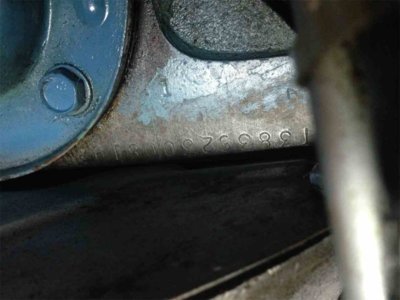66Hemi
Active Member
Attempting to decode the VIN stamp on a '68 383:
PT383S23008198
Assume:
PT = Trenton MI plant
2300 = Nov 14 '67 (Chrysler Julian Date)
8198 = sequence/serial no
Confused about the letter "S". Special, Service, or ??
- Special meaning? Ref for the 383-330hp engine?
- Service meaning? Same as Warranty? Thought no Warranty blocks were VIN stamped
What are diffs between the "B" block 383s: 383(330hp) vs HP 383(335hp)?
Thanks for the asst
PT383S23008198
Assume:
PT = Trenton MI plant
2300 = Nov 14 '67 (Chrysler Julian Date)
8198 = sequence/serial no
Confused about the letter "S". Special, Service, or ??
- Special meaning? Ref for the 383-330hp engine?
- Service meaning? Same as Warranty? Thought no Warranty blocks were VIN stamped
What are diffs between the "B" block 383s: 383(330hp) vs HP 383(335hp)?
Thanks for the asst

















